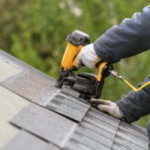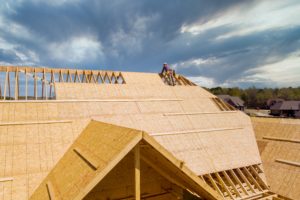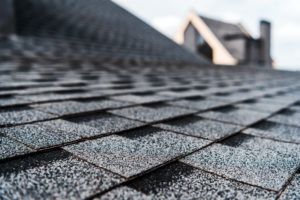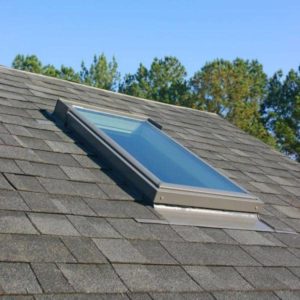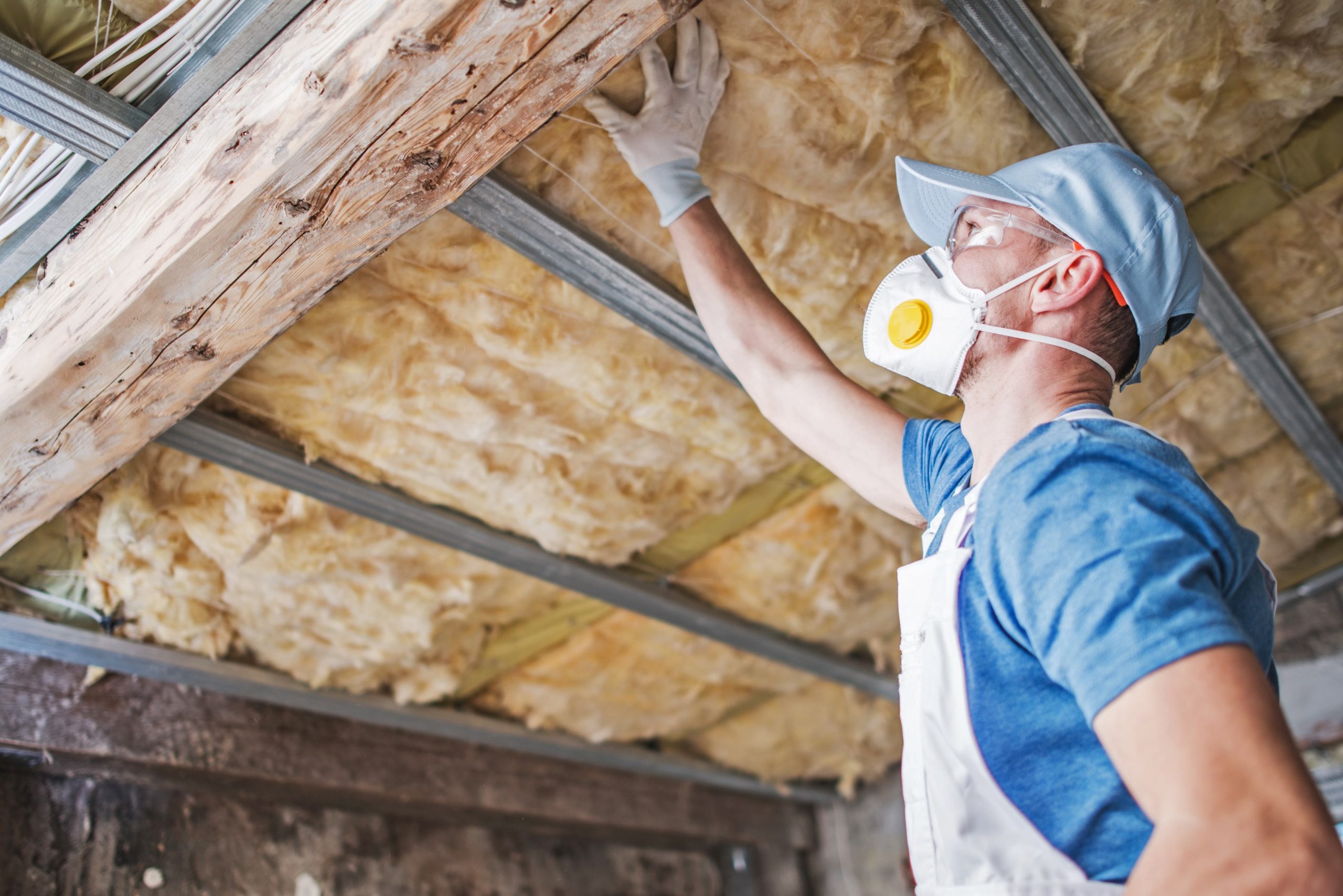
Not every home needs a new roof; some just need repairs and a few shingles replaced. The only way to know for sure is to get a roof inspection, but you don’t always have to wait for a pro to do it.
If you think you’re pretty handy, know what problems to look for, and aren’t afraid of heights, grab a ladder, print out our inspection sheet and see what you can find.
*IMPORTANT* – Safety first: Read this before climbing on your roof. When climbing, we recommend you have a friend nearby to spot your ladder or use a ratchet tie to anchor it in place. This will prevent you from being stuck up on the roof if your ladder were to fall and nobody was around. We also advise against resting your ladder directly on your gutters because they can bend or come loose.
When walking on top of a roof, it’s ideall to be using a body harness attached to a roof anchor. If you don’t have either, you should be relying on your better judgment by only walking on flat sections of your roof. That flat section might be a good enough vantage point to assess any damage, bring some binoculars if you can.
- Start in the attic
One of the easiest ways to tell if your roof is damaged is to check your attic for moisture (especially after heavy rainfall). All you’ll need is a flashlight to see and some goggles to protect your eyes from loose fiberglass.
You’ll be looking for;
- Dripping water
- Damaged plywood
- Condensation
2. Look out for leaves and debris
Leaves and Debris can trap moisture on your roof; this is bad news for the health of your shingles. If you see piles of Debris, get those removed and then assess the underlaying shingles for granule loss or algae growth.
Things you need to look out for;
- Discoloration
- Moisture
- Green Moss
- Black Algae
3. Look for curling shingles.
A poorly ventilated attic traps heat that can dry out your shingles until they warp and curl. Curling shingles will compromise the integrity and lifespan of your roof system. If you see any curling shingles, plan on having them replaced soon, or leaks will surely follow. You might also consider installing another roof vent if the attic is confirmed to be under-ventilated. *The rule of thumb; If a 1/3rd of your shingles are curling, it’s probably time for a whole new roof.
4. Check for damaged, missing, or old shingles
If you’re missing shingles, you’ll have a gap in your roof that can leak the next time it rains. While performing an inspection, It’s crucial to catalog every broken shingle you see; this is how you can assess the damage and get a ballpark estimate. It also helps to inspect your gutters for missing granules; this signifies that your shingles are at the end of their lifespan.
Here are a few ways that a shingle can become damaged;
- Blow off – a shingle that’s missing a nail will be taken by the wind during exceptional weather.
- Human Error – Walking on top of a roof isn’t easy and takes skill and patience to pull off. Sometimes after a roof is completed, HVAC installers or general inspectors can damage shingles by not exercising caution.
- Manufacturer error – Occasionally, your installer is given faulty shingles. It’s sometimes impossible to tell until after they’ve been installed.
5. Inspect your flashing & drip metal
One commonly overlooked area is the metal around your roof’s chimneys, pipes, dormers, perimeter, and vents. That metal is known as flashing, and it redirects water away from vulnerable areas. Without flashing, water would leak directly into your interior and cause rot and mold.
When inspecting your roof’s flashing, look out for;
- Rust
- Corrosion
- Any signs of discoloration
If you do all of this and still want an expert opinion, go ahead and book us; we’ll give you an inspection on the house (literally).

